Natural Resources Canada announced close to $5 million in funding for the Saskatchewan Research Council (SRC) to help secure Canada’s supply of rare earth elements.
SRC received an investment of $4,990,000 through the Critical Minerals Research, Development and Demonstration (CMRDD) program to develop an advanced and innovative process to separate rare earth elements. The alloys are essential for clean energy sources and technologies such as wind turbines and electric vehicles.
Jonathan Wilkinson, the Minister of Energy and Natural Resources, said critical minerals like rare earth elements are integral parts of the future of Canada.
“Demand for these resources is going to grow exponentially as we build up a low-carbon economy. That is why we are taking action to build resilient and secure supply chains that provide the materials we, and nations around the world, need right here in Canada,” he said. “Investments like this one are advancing our ambitious goals while also creating good jobs and building a prosperous and sustainable low-carbon economy.”
For the SRC, it gets the organization closer to its target of commissioning North America’s first vertically integrated Rare Earth Processing Facility by the end of 2024.
“This funding allows SRC to complete an important step in the rare earth supply chain, adding the ability to demonstrate separation for dysprosium and terbium oxides at our Rare Earth Processing Facility,” said Mike Crabtree, the President and CEO of Saskatchewan Research Council. “Separating these rare earth oxides is instrumental in the manufacturing of high-grade permanent magnets, which are used in global modern technology.”
Through this project, SRC will have the ability to produce around 20 tonnes per year of dysprosium (Dy) oxide and about 5 tonnes per year of terbium (Tb) oxide, which is enough to manufacture permanent magnets to build electric motors for nearly half a million electric vehicles.









